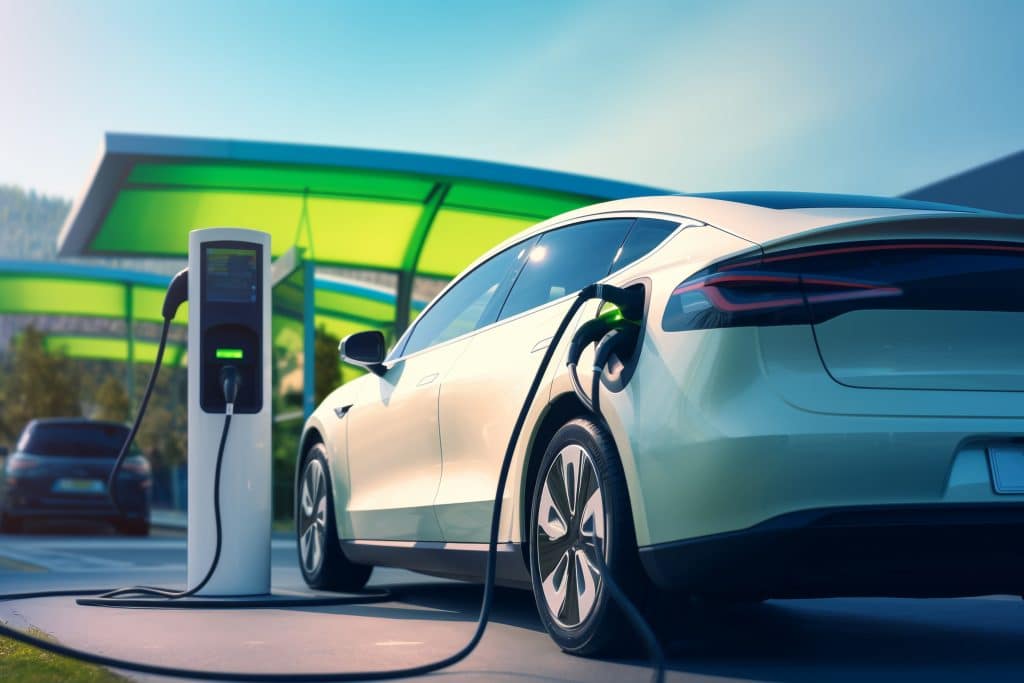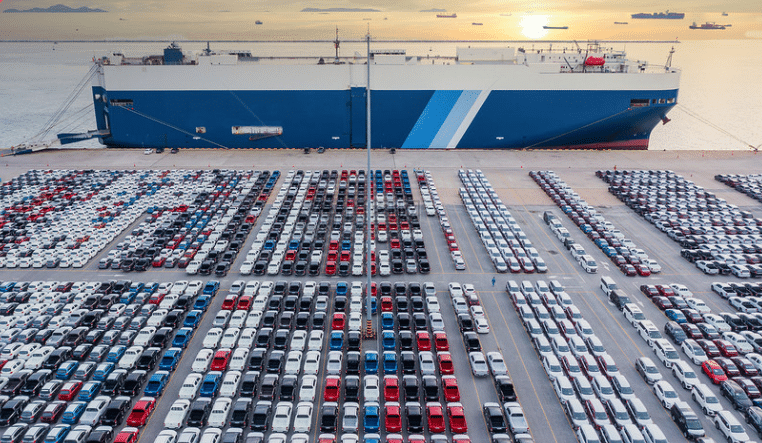China’s Car Exports to Russia: A Growing Market
- In recent years, car exports from China to Russia have been increasing significantly. According to trade reports, China exported over 100,000 vehicles to Russia in 2023, marking a 30% growth from the previous year. The rise of Chinese automotive manufacturers and the affordability of their vehicles has attracted Russian consumers who are looking for a balance between cost and technology.
- Russia is now one of the top markets for Chinese automotive exports, with demand driven by both traditional internal combustion engine (ICE) vehicles and the rapidly growing electric vehicle (EV) sector.

Popular Chinese Car Models in Russia
- Geely: Geely’s vehicles have become top sellers in Russia, with models like the Geely Atlas SUV and Geely Emgrand sedan leading the way. Russian buyers appreciate their affordability, reliability, and modern features.
- BYD: As a leader in electric vehicles, BYD’s models such as the BYD Tang EV and BYD Dolphin have seen rising popularity, particularly among eco-conscious consumers. The long driving range and competitive pricing of these EVs make them attractive options.
- Haval (Great Wall Motors): Haval’s SUVs, including the Haval H6 and Haval Jolion, are highly sought after in Russia, known for their durability, off-road capabilities, and robust build.
- NIO: NIO’s luxury electric SUVs like the NIO ES6 and NIO EC6 are making waves in the high-end EV market in Russia, appealing to tech-savvy consumers who value innovative features like autonomous driving and battery-swapping technology.
- Xiaomi and Huawei Cars: With Xiaomi and Huawei entering the automotive market, their EVs are starting to attract attention in Russia, particularly due to their integration of cutting-edge smart technologies and AI systems.
1. Popular Car Models for Export
Popular Brands
- Geely: Affordable, reliable sedans and SUVs.
- BYD: Leading in electric vehicle technology.
- Haval: Known for rugged SUVs suitable for Russian terrain.
- New Players: Xiaomi and Huawei are entering the electric vehicle market.
Electric Vehicles in Demand
- EVs are gaining traction due to government incentives in Russia, making brands like BYD and NIO popular choices.
2. Export Process for Cars from China
Steps in Exporting:
- Source Reliable Suppliers: Ensure manufacturers are certified and compliant with Russian import standards.
- Meet Russian Regulations: Vehicles must comply with Euro 5/6 emission standards, safety protocols, and other regulations.
- Arrange Contracts & Payments: Establish favorable terms using Incoterms like FOB or CIF and decide on payment terms (e.g., LC, T/T).
- Logistics Planning: Coordinate with a freight forwarder to determine the most efficient shipping route.

3. Shipping Methods
| Shipping Method | Cost (USD) | Transit Time (Days) |
|---|---|---|
| Roll-On/Roll-Off (RoRo) | $700 – $1,200 per vehicle | 25-35 |
| Container Shipping | $1,800 – $3,000 per container (2-4 vehicles) | 20-30 |
| Rail Freight | $2,500 – $3,500 per vehicle | 12-20 |
| Road Transport | $1,500 – $2,000 per car | 7-12 |
4. Shipping Costs Breakdown
- Sea Freight (RoRo): $700 – $1,200 per car.
- Container Shipping: $1,800 – $3,000 per container (2-4 cars).
- Rail Freight: $2,500 – $3,500 per car.
- Additional Costs:
- Port fees, customs clearance, and insurance typically add 1-2% of the vehicle’s value.
5. Customs and Import Regulations
Duties and Taxes:
- Import Duty: 15-25% based on engine size.
- VAT: 20% of the vehicle’s value.
- Excise Taxes: Higher for vehicles with large engines or high emissions.
- EV Exemptions: Lower duties for electric vehicles.
Required Documentation:
- Commercial Invoice, Bill of Lading, Certificate of Origin, Emissions Certification.
6. Documentation and Insurance
- Documents:
- Commercial Invoice, Bill of Lading, Certificate of Origin, and compliance certificates.
- Insurance:
- All-Risk Insurance: Recommended for full coverage, typically 1-2% of the vehicle’s value.
7. Cost-Saving Strategies
- Consolidate Shipments: Bulk shipping reduces per-car costs.
- Off-Peak Shipping: Avoid peak seasons for lower rates.
- Use Duty-Free Incentives: Electric vehicles benefit from reduced import duties in Russia.
8. Choosing the Right Freight Forwarder
- What to Look For:
- Experience in shipping cars to Russia, full-service customs support, and real-time tracking solutions.
- Tonlexing’s Services:
- Full-service shipping, including door-to-door, customs clearance, and insurance options for both traditional and electric vehicles.

9. Popular Ports and Transport Hubs
| Transport Mode | Chinese Export Ports | Russian Import Ports | Description |
|---|---|---|---|
| Sea Freight | Shanghai, Ningbo, Qingdao | St. Petersburg, Vladivostok | Shanghai is the busiest port for RoRo and containerized shipping. Ningbo and Qingdao handle significant volumes of car exports. St. Petersburg is the main port for European Russia, while Vladivostok serves the Russian Far East. |
| Rail Freight | Chongqing, Zhengzhou, Xi’an | Moscow, St. Petersburg | These rail hubs connect with Russia’s Trans-Siberian Railway, offering faster transit than sea freight for inland destinations. Moscow is the key rail terminal in Russia. |
| Road Transport | Manzhouli, Erlianhaote | Moscow, Novosibirsk, Irkutsk | Ideal for shorter distances from northern China to Russia. Manzhouli is a major border crossing for vehicles traveling by road, connecting to Siberian cities like Irkutsk and Novosibirsk. |
Final Thoughts: Exporting cars from China to Russia can be a profitable venture with the right shipping strategy and logistics partner. Tonlexing’s expertise ensures a seamless process, from sourcing vehicles to delivery in Russia.
Call to Action: Contact us today for a quote on exporting cars from China to Russia. Let us handle your logistics and customs clearance needs.


